author of Honorable Influence - founder of Mindful Marketing
Help wanted signs in store windows and job listings on websites abound. Most of us can't recall so many organizations, in all kinds of industries, competing for such a wide range of talent.
A few months ago, I offered some suggestions for how organizations might better market themselves to a shrinking pool of prospective employees. Such successful onboarding is very important; however, it’s probably not as important as another tactic, which an old adage from personal selling mirrors:
It’s easier to keep current customers than it is to acquire new ones.
From a personnel perspective:
It’s better to keep existing employees than it is to hire new ones.
Those of us who have served on search committees, conducted job interviews, and participated in training, know the significant time, effort, and expense it takes to make successful hires.
Yes, every organization needs to bring new employees ‘onto the bus,’ but if good, veteran employees are getting off faster than new ones are getting on, the company really needs to shift its focus, for economic and other reasons, from acquisition to retention.
Keeping employees satisfied and wanting to stay in their jobs has been the focus of HR practitioners and management theorists, such as Frederick Herzberg, for over half a century. Marketers also have offered input through the specialization known as internal marketing, which treats employees as a unique target market and strives to meet their needs.
If you’ve ever left a job or thought of leaving one, you know many considerations impact the decision, some tangible like pay and benefits, others more intangible like respect and recognition. In many ways, all these factors coalesce into one desire that practically everyone, employed or not, has each day: to feel appreciated. We all like to know that others—family, friends, and employers—are thankful for us.
So, how exactly should employers show that they’re thankful for the people that work for them? Of course, there’s no one way. Also, different people might appreciate certain approaches more than others, similar to the way individuals have different “love languages,” or ways in which they’d like others to show love to them.
To help me understand best practices for showing gratitude, I reached out to three business professionals whose work prioritizes employee satisfaction. Some ideas they shared were familiar, but many included a ‘creative twist,’ and still others were completely new. Here are several of their responses to my question: How can organizations show their employees they’re thankful for them?
1. Anthony Hahn, president and CEO of Conestoga Wood Specialties
Manufacturing some of the nation’s highest-quality custom cabinets and wood components undoubtedly takes a skilled work force that is challenging to recruit and retain, especially in a tight labor market. Hahn shared that new measures such as higher starting wages, improved vacation opportunities, and attendance bonuses have helped offset those challenges.
However, Conestoga have gone much further to communicate to its employees that they’re appreciated. The company has given workers more flexibility in attending to personal needs, instituted employee recognition events with catered lunches, improved training of front-line supervisors, and enhanced corporate communication.
During the holidays, there are still more expressions of gratitude that Conestoga offers its 1,000+ employees, spread across several states, but two of the most significant things Hahn does throughout the year are to send each employee a birthday card and to seek opportunities to interact with individual employees and personally thank them for their work.
2. Stephanie Lehman, marketing coordinator for Martin’s Famous Potato Rolls and Bread
It’s unlikely that Martins would be the nation’s #1 potato roll and the bun of choice for Shake Shack if it didn’t have happy employees. However, because of its workers’ exceptional response throughout the pandemic, the company felt it needed to do more to express its appreciation for them.
Lehman shared that one thing the firm has done is increase written communication to employees, sending a “Martin’s Management Minute” during the summer months—the busiest time of year for a bun maker—in order to recognize employees’ exceptional contributions to the company’s success.
This past summer, Martin’s extended its gratitude a step further by videoing members of its executive team as they personally thanked employees for their contributions. The firm played the videos on digital signs throughout buildings at its headquarters and in satellite locations.
In addition, every three years the company unfurls a full-out celebration of its workers by hosting employee picnics at each of its bakery locations. With free food, games, and entertainment, the events are more like large carnivals or fairs, but they’re just for Martin’s families.
3. Jessica Walter, senior consultant for culture and employee engagement at Kincentric
Much of Walter’s career has involved helping all kinds of organizations communicate more effectively with their employees. As such, she’s seen examples on either end of the efficacy continuum, as well as all points in between.
Above all, Walter emphasizes that organizational leaders need to examine their communication and “make it personal”:
“Today's most effective leaders are focused on the human side of leadership – the heart side of leadership. Employees are craving connection, care, and compassion more than ever before, so a sincere expression of gratitude from a leader has a powerful impact.”
She describes how that personal communication can happen, saying:
“Whether it's a heartfelt email to the entire company, hand-written thank-you notes to your immediate team, or walking the floor and personally thanking each person you see, the act of appreciating and acknowledging [people] fosters trust and deepens the relationship.”
I’m not sure if Walter has ever consulted with Conestoga or Martin’s, but it seems like she could have, as each of those companies’ expressions of gratitude to its employees are excellent reflections of her advice.
I’ve long been a believer that the customer comes first. Although I still affirm that marketing mandate, I’m increasingly of the mind that treating one’s own personnel well is a critical, moral prerequisite. Moreover, companies that regularly communicate thankfulness to their employees are engaged in some of the most “Mindful Marketing.”
Learn more about the Mindful Matrix.
Check out Mindful Marketing Ads and Vote your Mind!

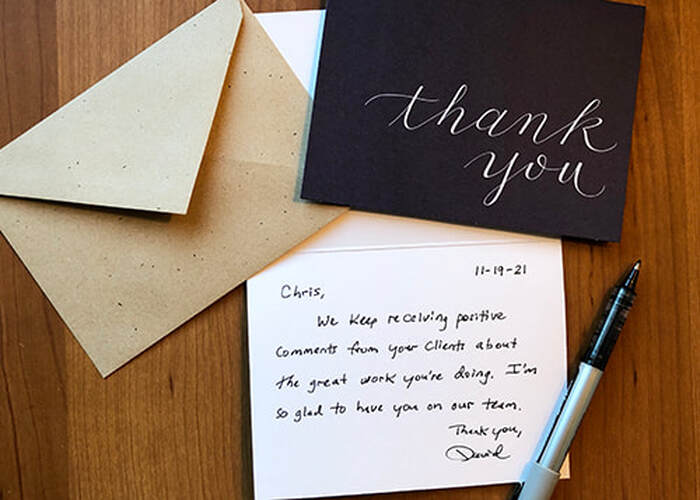


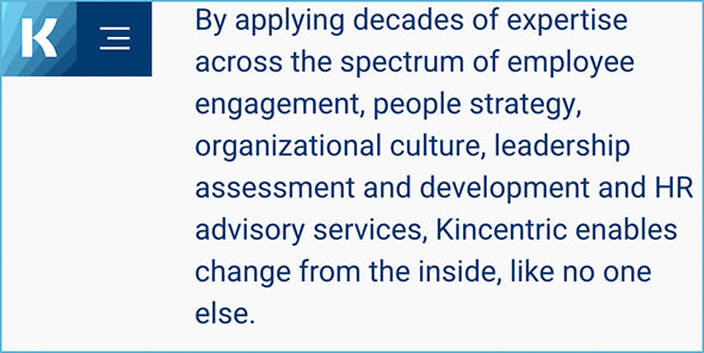
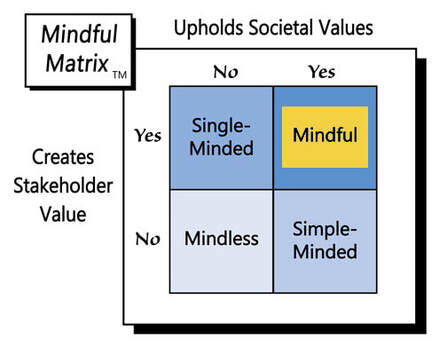
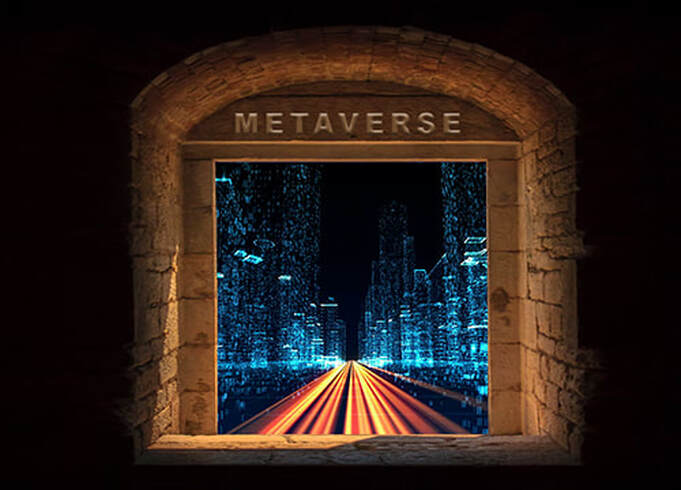

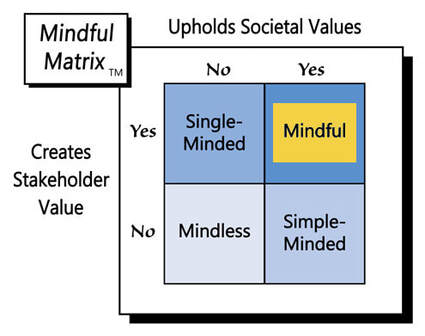
 RSS Feed
RSS Feed